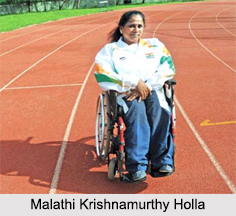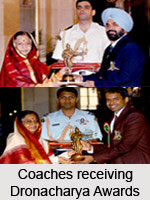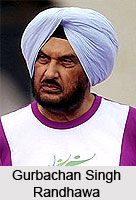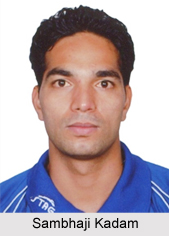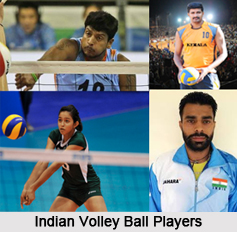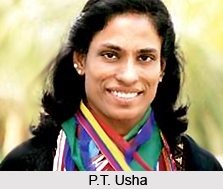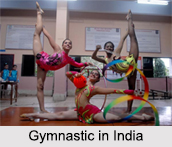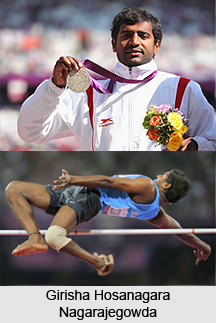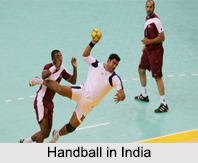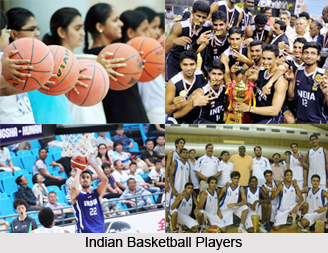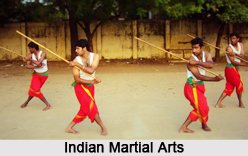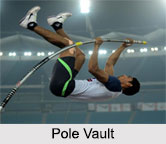Track events are generally individual sporting events with athletes competing with one another to decide a single winner. The events pertaining to race are won by the one who are the fastest and take less time, while the throwing and jumping events are won by the ones who achieved the greatest height or distance in the contest.
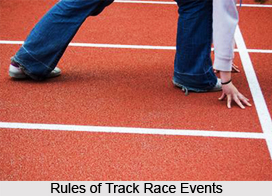 1. The general rules are as follows:
1. The general rules are as follows:
(a) In all races up to and during 400 m, each competitor shall have a separate lane, the lane width being 1.22 m to 1.25 m to be marked by lines having 5 cm width.
(b) The track is 400 m per lap in ail eight, resulting "staggered" starting points for the 200 m, 400 m, 400 m hurdles, 800 m and the four relays so that distance from start to finish remains the same for each competitor.
(c) 200 m is a half lap race, 400 m and 400 m hurdles a full circuit, 800 m two laps (this race is run in lanes until the first bend is completed), 1500 m is 33A laps; 3000 m steeplechase is 71/2laps; 5000 m is 121/2 laps and 10000 m is 25 laps.
(d) Starting: The command for starting are "on your marks" (in the starter`s mother tongue) and for races up to 400 m, "set", when all competitors are set, the pistol is fired. There is a pause between the call set and fire.
(e) Each competitor is allowed one false start and one warning, and is disqualified for a second false start. However, if the start is generally a faulty one, then the starter may not fault any individual competitor.
(f) Finish: Fully automatic timing equipment shall be used at all meets which is started automatically by the starter`s gun or similar apparatus.
The finish must be recorded through a camera with a vertical slit, on a continuous film for photo finish recording. The film must be synchronised with a uniformly marked time scale graduated in 1/100th of a second. The camera is positioned at the extension of the finish line. The winner is the one who reaches the near edge of the finish line with any part of his or her torso and not head or foot, arms and hands, etc.
(g) Timing: The timing for races up to and 400 m is recorded to 1/100th of a second by electronic apparatus. The timings for races from 800 m to 1000 m are recorded to1/10th of a second. For the walks and the marathon the time is recorded to the whole second.
(h) Wind Factor: No records will be allowed for races up to and inclusive of 200 m if the wind speed is over 2 m per second, i.e., 7.19 km/h.
2. In ail races up to and including 400 m each competitor shall have separate lanes.
3. In 4 x 400 m relay race, the first lap and up to exit from the first bend of the second lap will be run in separate lanes.
4. 800 m even shall be run in lanes as far as the end of the first bend. The starts are staggered so that each competitor completes the same distance.
5. In international meets the track should allow for eight lanes or at least six lanes.
6. Maximum allowance for lateral inclination of tracks shall not exceed 1:100 and the inclination in the running directions should not exceed 1:1000.
7. For Olympics and other major games, the length of the track should not be less than 400 m and the width should allow for 8 lanes.





